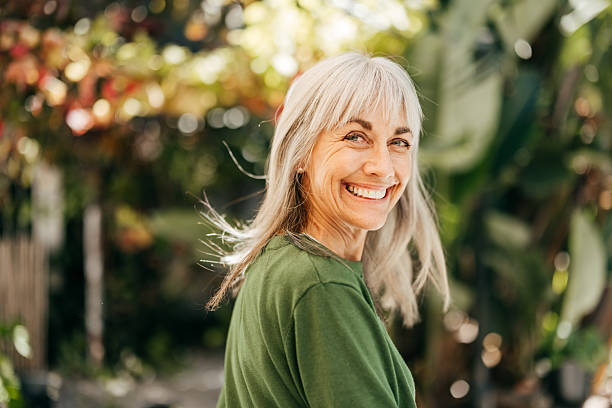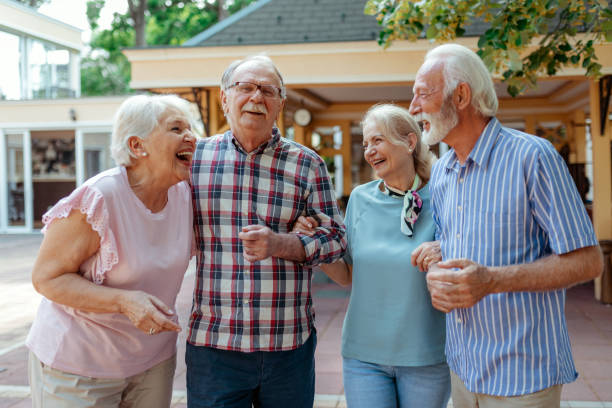Aging comes with many rewards—wisdom, perspective, and a deeper appreciation of life. Yet it can also bring challenges such as stress, loneliness, or health concerns. This is why mindfulness and relaxation techniques are becoming increasingly valuable tools for older adults. They offer practical ways to calm the mind, reduce anxiety, and improve overall well-being.
Contents
Why Mindfulness Matters in Later Life

Mindfulness is the practice of focusing on the present moment without judgment. For older adults, this practice can be transformative. It helps reduce worry about the future and regret about the past, while fostering acceptance of life as it is now. Research shows that mindfulness can lower stress levels, improve sleep quality, and even boost memory and cognitive function.
By training the mind to focus on the here and now, older adults can enhance their resilience. Whether it is managing health concerns or adjusting to lifestyle changes, mindfulness provides a steady anchor in uncertain times.
Breathing as the Foundation of Relaxation
Breathing exercises are among the simplest yet most powerful relaxation practices. Slow, deep breathing activates the body’s relaxation response, lowering heart rate and reducing tension. A technique known as diaphragmatic breathing encourages people to breathe deeply into the belly rather than the chest, creating a sense of calm.
For older adults, this practice can be done anywhere—while sitting in a chair, lying down, or even before sleep. Spending just five minutes focusing on the breath can shift the body into a state of relaxation.
Gentle Movement for Mind and Body
Mindfulness is not only a mental exercise; it can also be incorporated into physical activity. Gentle movement practices such as yoga, tai chi, or qigong blend breathing with slow, intentional motion. These activities not only improve flexibility and balance but also encourage mindful awareness of the body.
For seniors, such exercises are low-impact and adaptable to various mobility levels. They also foster a sense of community when practiced in group settings, helping to reduce feelings of isolation.
Meditation for Emotional Balance
Meditation is a cornerstone of mindfulness and relaxation. By sitting quietly and focusing on the breath, a word, or a calming image, older adults can cultivate mental clarity and emotional balance. Even short daily sessions of five to ten minutes can bring noticeable benefits.
One particularly helpful form of meditation for seniors is loving-kindness meditation. This practice involves silently repeating phrases of goodwill toward oneself and others. It encourages compassion, reduces loneliness, and supports emotional well-being.
The Role of Guided Relaxation
Sometimes, older adults may find it difficult to meditate or quiet their minds on their own. In such cases, guided relaxation can be particularly effective. Audio recordings, mobile apps, or online videos offer step-by-step instructions for practices such as body scans or visualization.
In a body scan exercise, for instance, one directs attention slowly through each part of the body, releasing tension along the way. Visualization, on the other hand, uses the imagination to picture calming scenes such as walking along a quiet beach or resting in a peaceful garden.
Mindfulness in Daily Life
Mindfulness is not confined to formal practice. It can be woven into everyday activities such as eating, walking, or gardening. When an older adult eats mindfully—savoring the flavors, textures, and aromas of food—they not only enjoy meals more but also improve digestion.
Similarly, mindful walking encourages awareness of each step, the feel of the ground, and the rhythm of breathing. These small practices cultivate presence and make ordinary moments richer and more meaningful.
The Benefits for Health and Well-Being
Practicing mindfulness and relaxation techniques regularly offers numerous health benefits for older adults. Studies have linked them to lower blood pressure, reduced symptoms of depression and anxiety, and better immune function. Beyond physical health, they also enhance emotional resilience and promote a greater sense of peace and fulfillment.
These practices do not require expensive equipment or complicated routines. They only ask for consistency and openness. Over time, the rewards can be life-changing—greater calm, improved focus, and a deeper appreciation for the present moment.
Conclusion: A Path to Peaceful Living
For older adults, mindfulness and relaxation techniques are not just wellness trends; they are vital tools for maintaining quality of life. From simple breathing practices to mindful movement and meditation, these methods offer a pathway to balance and peace. By embracing mindfulness, seniors can live not only longer but with more joy, clarity, and serenity.

